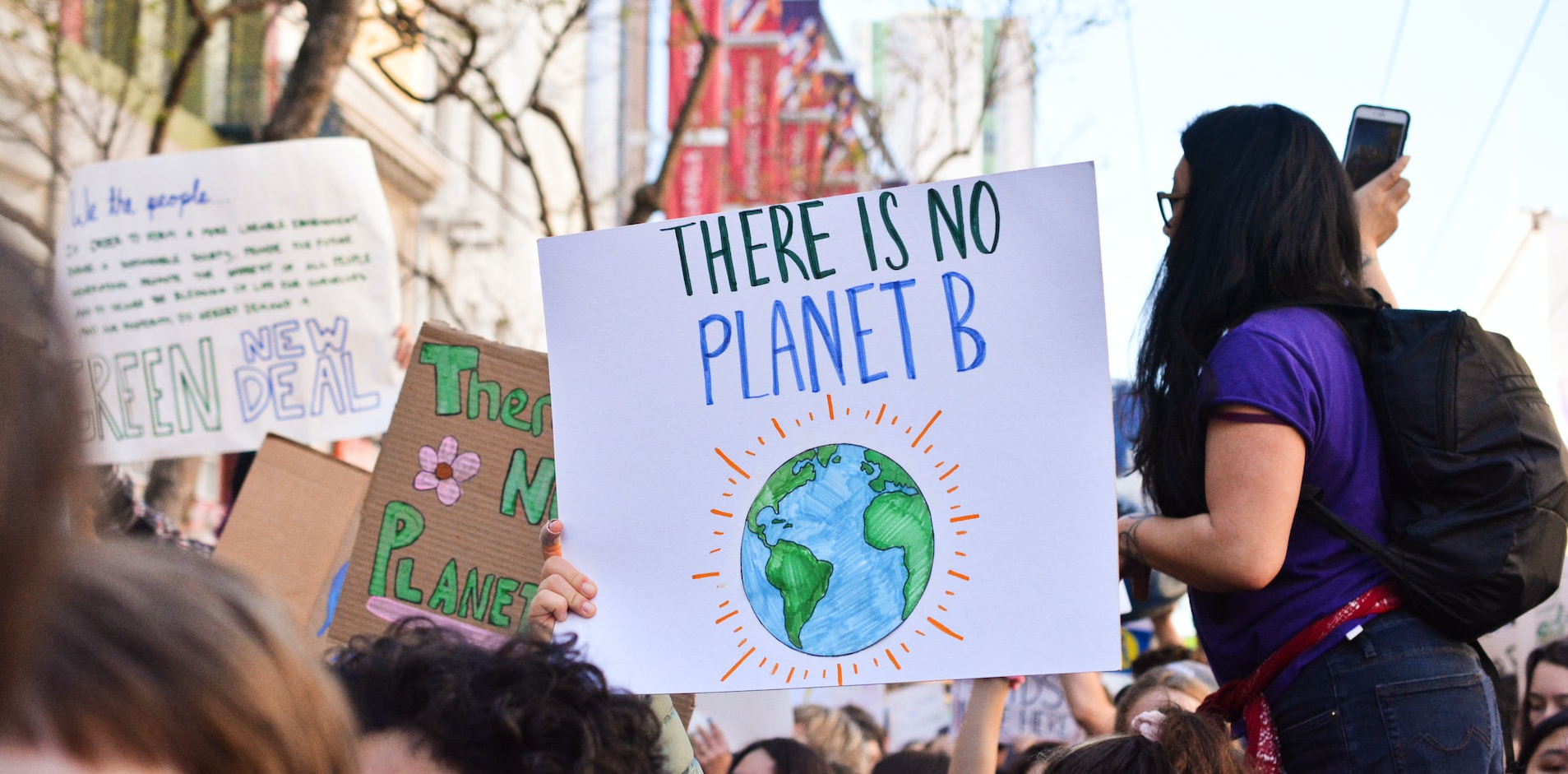Upholding the Goals of Rio
The 1992 Earth Summit was held in Rio de Janeiro in June 1992, where leaders of more than 130 nations committed to sustainable development. The Summit agreed upon three conventions – climate change, desertification and biodiversity. This led to the formation of the United Nations Framework Convention on Climate Change (UNFCCC); United Nations Convention to Combat Desertification (UNCCD); and the United Nations Convention on Biological Diversity (UNCBD).
The main principle of the UNFCCC was to ensure that developed countries take the lead in combatting climate change and its adverse effects, particularly by reducing greenhouse gas (GHG) emissions to the 1990 level by the year 2000.
This was followed by the Paris Agreement in 2015, which became a legally binding international treaty on climate change adopted by 196 parties (countries) at COP21. Its primary goal is to limit global warming below 2°C, preferably to 1.5°C, compared to pre-industrial levels.
A total of 193 countries that are party to the Paris Agreement in 2015, released their first Nationally Determined Contributions (NDCs), setting targets for mitigating emissions. For e.g., the United States has set a target of reducing its GHG emissions by 50% to 52% below 2005 levels in 2030. It plans to achieve this by decarbonizing the energy sector through cutting energy waste; shifting to carbon pollution-free electricity; and electrifying vehicles, buildings and parts of industry.
Although most parts of the world have some sort of adaptation plan in place, only hard targets with quantifiable metrics and connection to national plans are more likely to make an impact on climate change.
Climate Adaptation Gaps
Climate risks is expected to rise incrementally before the end of the century, even under low-emission scenarios and calls for strong mitigation and adaptation plans. Macroeconomic headwinds—coupled with the global health crisis and the war in Ukraine—have sidelined the need to invest in planning and implementing climate adaptation and mitigation plans.
Although international adaptation finance to developing countries continues to rise, it still falls short of the $100 billion pledged. Adaptation finance to developing countries increased by 4% between 2019 to 2020, reaching $28.6 billion. And if the annual increase of financing to developing countries continues to follow a similar percentage rise, the target of $100 billion will not be met by 2025. Accounting for inflation, annual adaptation costs/needs of developing countries will rise by anywhere between five to ten times of the current international adaptation finance flows.
Global efforts in adaptation planning and implementation continues to make progress, but has failed to keep pace with increasing climate risks. The year of 2022, was marked with one-climate related disaster after another. Record-breaking heat waves in India and Pakistan, brought about drought and monsoon flooding, leaving most parts of Pakistan under water.
Climate change has exacerbated the extremes. Parts of Europe, especially Spain and Portugal witness immense heat, leading to wildfires and drying up of water reservoirs. The present infrastructure in many parts of the world is also not ready to cope with the fast changing climatic events. Most infrastructure is adapted to the previous climate pattern. Increase in population settling down in flood plains and rising sea levels is impacting surface water management resulting in flash flooding during heavy rains. Exactly what happened in Pakistan.
What do Experts Think?
Bill Nelson, NASA administrator, had this to say recently on the alarming rise in global warming: “Our warming climate is already making a mark: Forest fires are intensifying; hurricanes are getting stronger; droughts are wreaking havoc and sea levels are rising.” Earth’s average surface temperature in 2022, was the fifth warmest year on record. Global temperatures in 2022 were 1.6 degrees Fahrenheit (0.89°C) above the average for NASA’s baseline period (1951-1980).
At the recently held COP27, United Nations Secretary General Antonio Guterres, urged the G20 nations to “accelerate their transition now”. He called for the creation of a Climate Solidarity Pact which will require countries to “end dependence on fossil fuels and the building of new coal plants — phasing out coal in OECD countries by 2030 and everywhere else by 2040.” In closing he added, “Humanity has a choice, cooperate or perish. It is either a Climate Solidarity Pact, or a Collective Suicide Pact.”
Achievable Climate Targets
Although a monumental task, limiting global temperature rise to 1.5°C and achieving net zero emissions is possible through actions in reducing GHG emissions, particularly in the most carbon-emitting sectors. The energy sector can cut 12.5 gigatons (Gt) of GHG emissions annually by shifting to renewable energy and using less energy. By improving energy efficiency and embracing renewable energy-based heating and cooling systems, the industry sector can cut emissions by 7.3 Gt yearly.
However, these actions can only be implemented if both the developed and emerging nations join forces together to fight the inevitable climate crisis.
Photo Caption: A climate protest in San Francisco.



